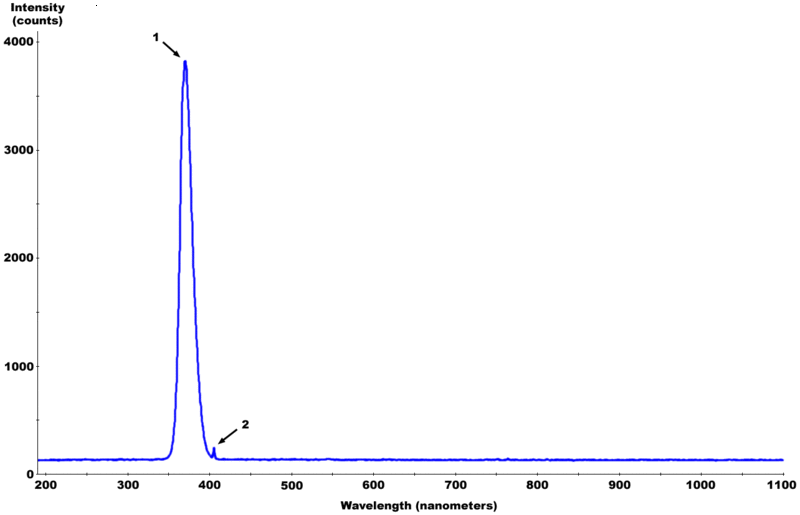Файл:Fluorescent Black-Light spectrum with peaks labelled.gif
Перейти до навігації
Перейти до пошуку
Fluorescent_Black-Light_spectrum_with_peaks_labelled.gif (800 × 515 пікселів, розмір файлу: 13 КБ, MIME-тип: image/gif)
Історія файлу
Клацніть на дату/час, щоб переглянути, як тоді виглядав файл.
| Дата/час | Мініатюра | Розмір об'єкта | Користувач | Коментар | |
|---|---|---|---|---|---|
| поточний | 13:19, 12 червня 2006 |  | 800 × 515 (13 КБ) | KErosEnE~commonswiki | Image uploaded in en.wikipedia.org into the Public Domain by en:user:Deglr6328 Original summary: Spectrum of light from a fluorescent black light with peaks labelled. The spectrum was taken with an Ocean Optics spectrometer [http://www.oceanoptic |
Використання файлу
Така сторінка використовує цей файл:
Глобальне використання файлу
Цей файл використовують такі інші вікі:
- Використання в bg.wikipedia.org
- Використання в ca.wikipedia.org
- Використання в en.wikipedia.org
- Використання в es.wikipedia.org
- Використання в fr.wikipedia.org
- Використання в gl.wikipedia.org
- Використання в hr.wikipedia.org
- Використання в ja.wikipedia.org
- Використання в pl.wiktionary.org
- Використання в sh.wikipedia.org
- Використання в sr.wikipedia.org




